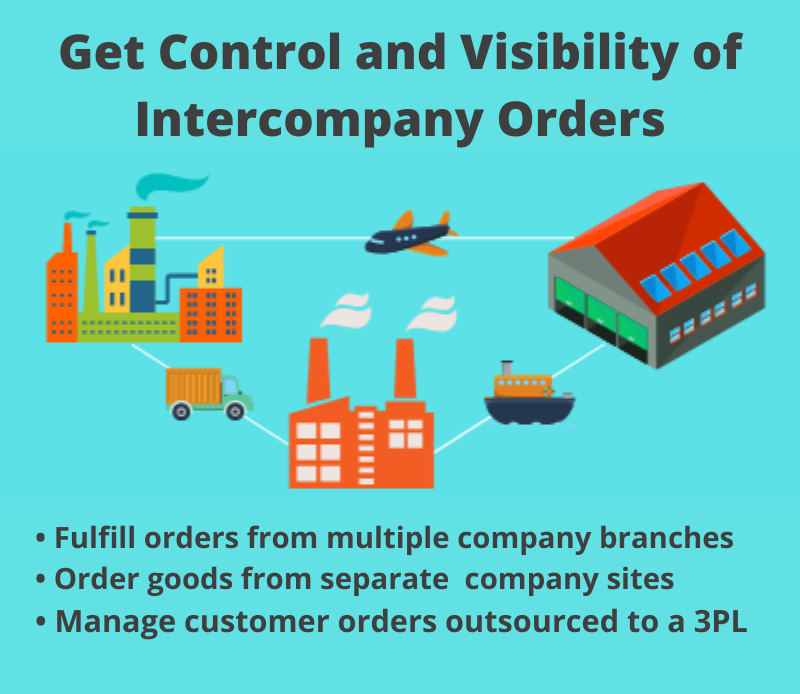A NOTE FROM ALEX KIM: On July 8, 2022, Rogers Communications had a major service outage affecting more than 12 million Canadian users of their cable internet and cellular networks. You can read more about this major service outage here and the problems it caused for companies and individuals. I couldn’t help but be worried about some of our Canadian clients who use QAD Cloud services and the impact this had on them. And, it reminded me of this video about the risks companies need to consider when choosing QAD on-cloud and what to do to mitigate them.
Eric Kimberling, in his video The Dark Side of Cloud ERP and SaaS Software, outlines 5 areas of risk to consider before you migrate to the cloud.
Everyone seems to be jumping on the cloud bandwagon. But, who really benefits? Make sure it is the right thing for your company before you make the move. Here are the 5 problems outlined in the video:
First, it is not a silver bullet. It simply can’t be everything for everyone.
Secondly, cloud services may not work for every company because of concerns about where to house data, regulatory considerations, etc.
The third consideration is that many of the cloud products being rolled out today are not quite ready for prime time. Some of the functionality that might be critical for your environment, is simply just not there.
Another problem with moving to the cloud for many companies is that it can create a number of crisis points down the road.
- It could be that it will force you to make changes to your organization that you might not be ready to make or that may not be good for you.
- There is a crisis of the long term annual cost of migration to the cloud.
- The functionality may not be a good fit and sometimes that is not discovered until you are in the midst of implementation or you don’t have the flexibility to change for the needs of your market.
Lastly, cloud versions are often touted as using industry best practices in their development. But what may be considered best practices for one company or industry may not be best practices for your organization.
Bottom line, you need to weigh all pluses and minuses and define what is best for you. Make sure you have a clear vision of your goals, your need, and your company and let that guide you toward your best solution.




